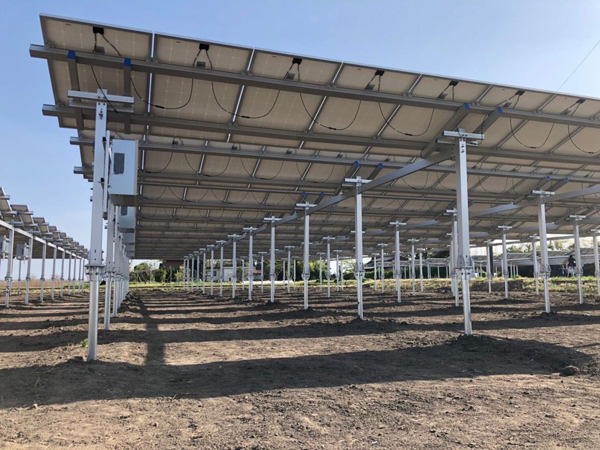With the rapid development of renewable energy, agricultural solar mounting systems have played an important role in increasing crop yields and reducing energy costs. However, although these systems have been applied in many farmlands, there are still some areas that need to be improved to further improve their efficiency, sustainability and economy. The following will discuss the main improvement needs of agricultural solar mounting systems.
1. Economy and cost-effectiveness
The initial investment in agricultural solar mounting systems is relatively high, which may be a major obstacle for some farmers to adopt them. In order to improve economy, manufacturers can consider developing more affordable materials and designs. In addition, the government and relevant agencies should provide more subsidies and funding to reduce farmers’ investment risks and encourage them to adopt solar solutions.
2. Convenience of installation and maintenance
Existing agricultural solar mounting systems often require the assistance of professionals during installation and maintenance, which increases the burden on farmers. To improve this, designing simpler systems can reduce the complexity of installation. At the same time, the convenience of maintenance should be taken into account, such as designing a bracket structure that is easy to clean and repair, reducing the time and cost required for regular maintenance.
3. Flexibility and adaptability
Different agricultural environments and climatic conditions have a huge impact on the performance of solar support systems. Current systems are often inflexible in design and difficult to adapt to diverse agricultural needs. Future designs should take into account the characteristics of different crops, such as height, light requirements, etc., and provide more suitable solutions based on different geographical locations and climatic conditions. Adjustable angle and height designs will help maximize the capture of sunlight.
4. Enhanced durability
Agricultural conditions (such as wind, rain, temperature changes, etc.) may cause damage to solar support systems. Therefore, it is crucial to improve the weather resistance and corrosion resistance of support materials. The development and use of more durable lightweight materials can reduce the failure rate of the system under harsh conditions and extend its service life. In addition, strengthening the system’s wind resistance to ensure stability in strong winds is also crucial to protecting investments.

